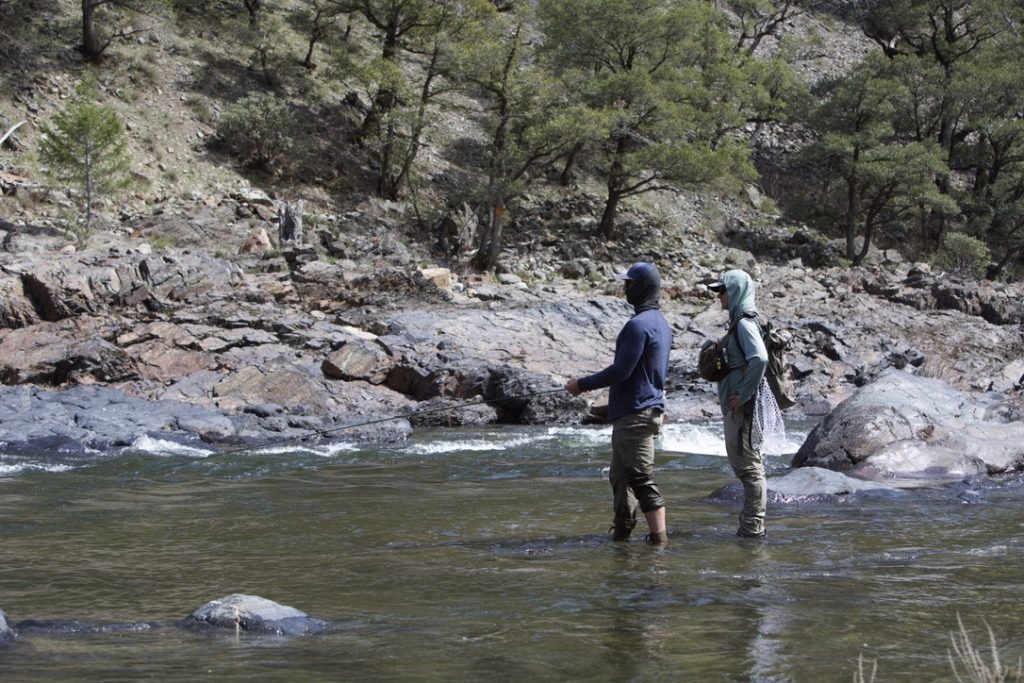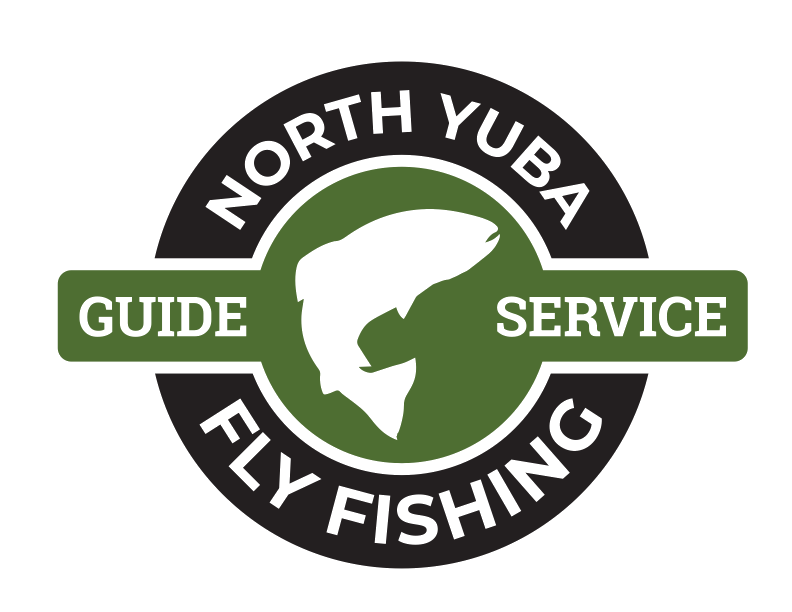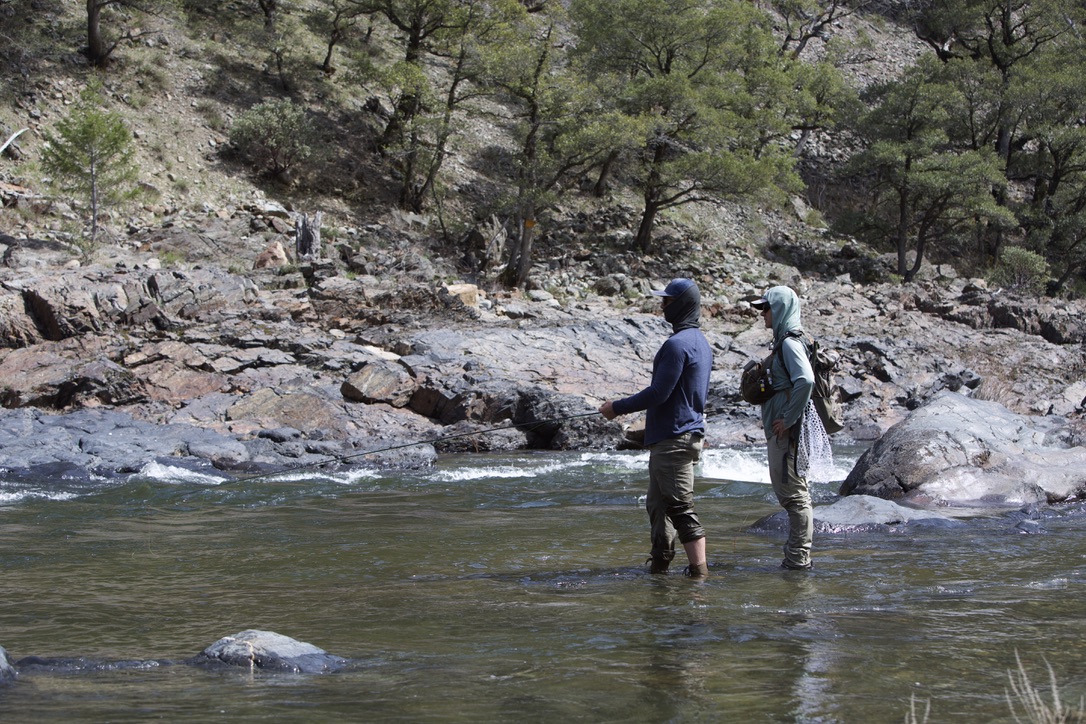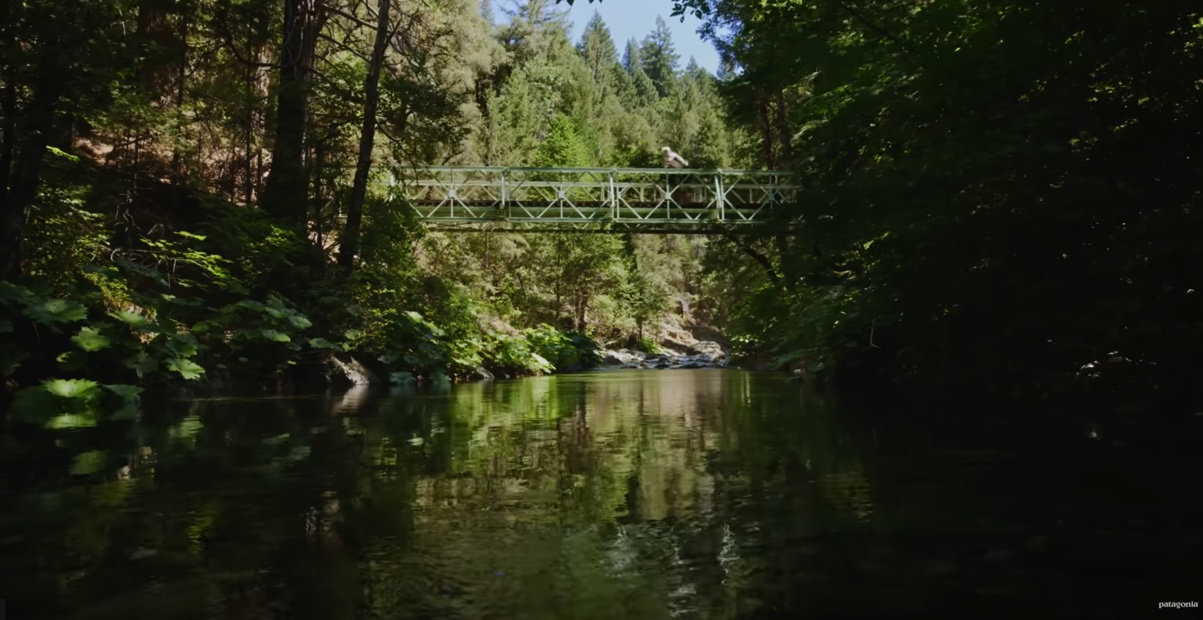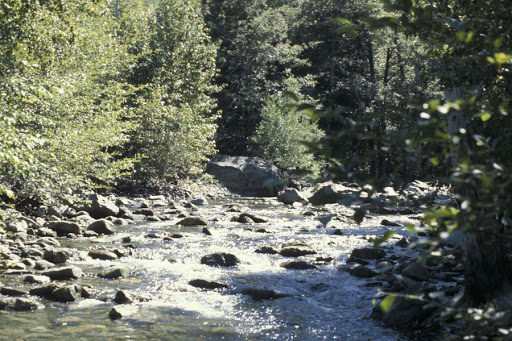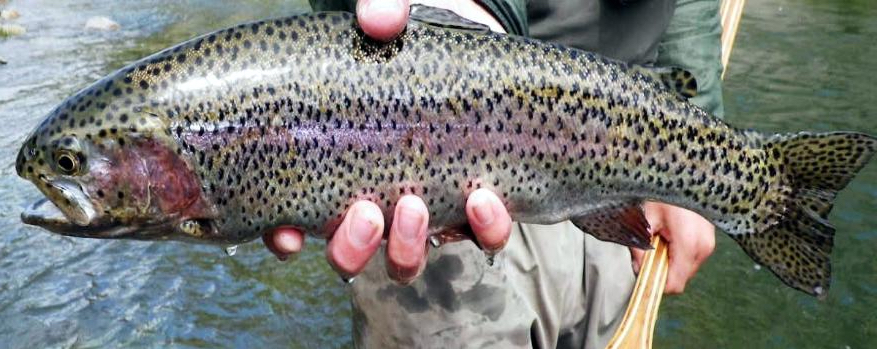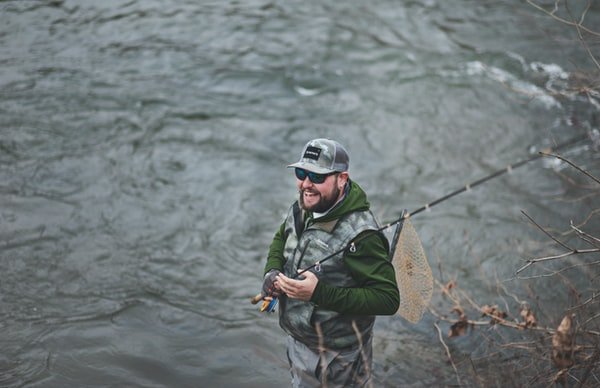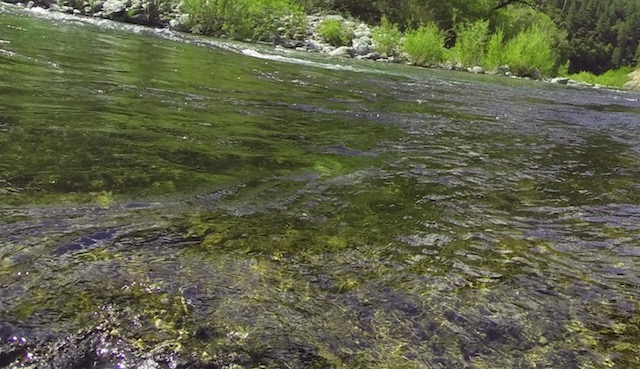Fly Fishing Putah Creek California
Putah Creek is a unique tailwater fishery that was created by the construction of Monticello Dam. Before dams were built on the creek, it was a natural Steelhead spawning area that the dams and resulting lakes destroyed. The dam didn’t destroy all the fishing opportunities though. It just created another one that otherwise would never exist. Like many tailwaters in the warm southeastern United States, the dam created a cold, rainbow trout fishery. This one lies in the foothills of the Sacramento Valley of northern California providing good fly fishing opportunities for trout within close range of the Bay Area and Sacramento.
Putah Creek flows from the Coast Range of Northern California into Lake Berryessa but it’s the section of the creek below Monticello Dam that’s offers excellent year-round trout fishing. The water, which is discharged from the lower part of the lake, stays cool in the hot Summer and doesn’t freeze in the cold Winter. It has a good population of aquatic insects and a thriving population of trout that grow year-round.
Large trout move upstream from Lake Solano, located downstream of Monticello Dam. Trout up to twenty inches have been caught. There are also some large brown trout that migrate upstream during the Fall from Lake Solano.
Discharges from the dam are based on agricultural demands. Flows can vary from 60 to 90 cfs during the cooler months up to 500 cfs and more during the warm months. Most of the time during late Spring, Summer and early part of the Fall, large amounts of water is discharged to assist agricultural needs further downstream. By the middle of the Fall Season, the flow usually drop, providing great fly fishing opportunities. Fly Fishing Putah Creek during late Autumn can be a very rewarding experience.
Putah Creek Fly Fishing Guide:
Putah Creek is a very productive wild trout fishery but the trout are not necessarily easy to catch. Some anglers call them technical fish, meaning they can be rather selective as to what they eat. The different flows are usually the difficult part to master. The flows are often to high to wade. Anything about 250-300 cfs makes for tough wading conditions.
Keep in mind that during the Winter a many of trout in are either stocked trout that haven’t be use to eating the natural aquatic insects and other trout foods in the creek. Some are spawning fish that have moved upstream from the lake. This makes the fly choice deceptive at times because you don’t necessarily know what your fishing for. Stocked trout aren’t selective and the wild ones are. It is best to base your fly selection on catching wild trout. The stockers will hit about anything at times but the wild ones won’t.
Access to the water is easy. State highway #128 runs parallel with Putah Creek between Winters and Napa. There are five county operated fishing accesses. They are placed in ideal locations with anglers in mind. You pay a small fee to park at the access areas but you can park along the road. You can also access the creek just below the dam.
Though the creek drops at a relatively low declination and there are some long stretches of slack water. When the flows are low, the creek is quite different and fish are usually located in the deeper runs. High sticking is popular and a good way to fish the deeper runs.
Putah Creek Hatches and Trout Flies:
Our information on aquatic insects is based on our stream samples of larvae and nymphs, not guess work. We base fly suggestions on imitating the most plentiful and most available insects and other foods at the particular time you are fishing. Unlike the generic fly shop trout flies, we have specific imitations of all the insects in Putah Creek and in all stages of life that are applicable to fishing. If you want to fish better, more realistic trout flies, have a much higher degree of success, give us a call. We not only will help you with selections, you will learn why, after trying Perfect Flies, 92% of the thousands of our customers will use nothing else. 1-800-594-4726
There isn’t a lot of diversity in the aquatic insect population. The most plentiful species are Blue-winged Olives and Midges. The BWOs consist of several different species including about five Baetis species. These hatch in the spring and early summer and again in the Fall.
Baitfish and sculpin are plentiful. Often, sculpin pattern streamers is a very good fly selection. It is best to fish them during low light situations.
Midges hatch year-round but are more important during the cold months when few other insects are around. Most of the midges are cream colored but there is also some light green colors and a few blood, or red midges. Quite often, fishing imitations of midges is about the only way to go.
Putah has several species of caddisflies, most of which are net-spinning caddis called Spotted Sedges. There are several species including some called Little Sisters.
The Spotted Sedges hatch off and on, depending on the exact species from April though October. They range in hook size from a 14 to a 18. There are also a few Green Sedges. These hatch in May and June.
Terrestrial are popular in the Summer. The banks have plenty of ants and beetles and grass hoppers are fairly common.
